6 Most Visited Temples During The Festival Of Navratri In India
By: Kratika Sat, 01 Oct 2022 10:43:01
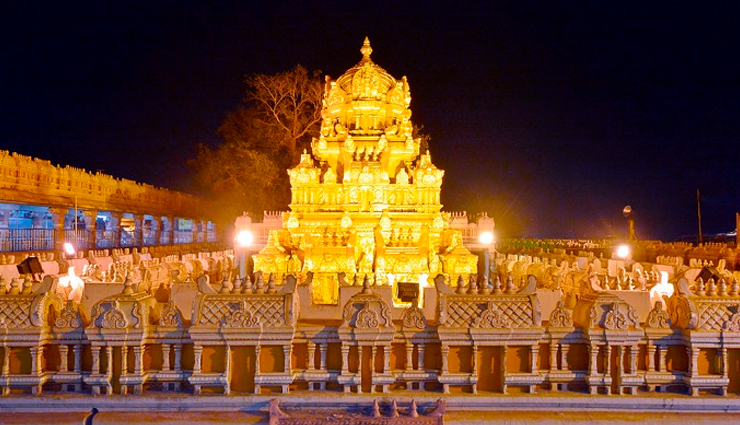
Navratri is one of the most auspicious festivals for Hindus, all across the world. Navratri the nine nights of Maa Durga is celebrated in India twice a year. The Navratri celebrated during the Spring season is called Chaitra Navratri while the Navratri celebrated during the Autumn season is called Sharad Navratri. Hindus worship Goddess Durga and her nine different manifestations.
Nine different forms of goddess Durga are worshipped during Navaratri: these are Shailputri, Bramhacharini, Chandraghanta, Kooshmanda, Skandamata, Katyani, Kalratri, Maha-Gouri, and Shidhidatri. For nine days, people observe fasting and worship in different ways like Saptashati recitation of Maa Durga and Jagran, Havan, etc. Sharad Navratri is popular as Durga puja with huge pandals been set up at West Bengal, Gujarat, Maharashtra for Durga puja and Garba, Dandiya Rass.
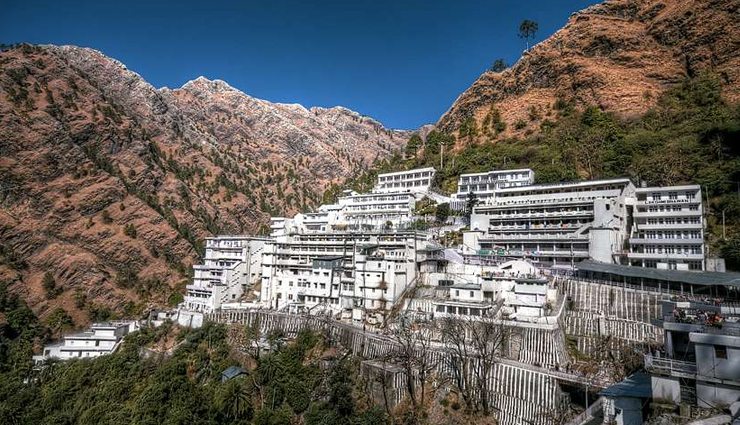
# Vaishno Devi in Katra, Jammu & Kashmir
Vaishno Devi shrine is one of the most popular and holiest pilgrimages of all. It is situated at an altitude of over 5,000 feet, 60 km north of Jammu, it sees the maximum number of devotees from all over the world. Especially during the festival of Navratri, this temple sees huge crowds of devotees. Goddess Durga resides in a holy cave of Trikuta, the thee-peaked mountain.
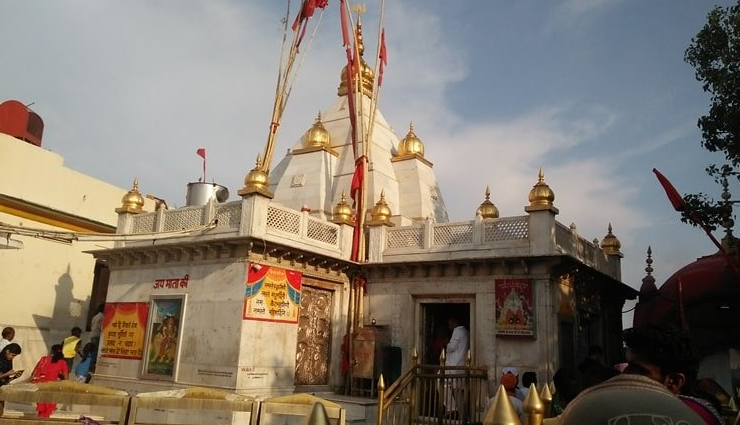
# Naina Devi Temple, Bilaspur
Naina Devi temple on a hilltop of Bilaspur in Himachal Pardesh is quite famous where the heavy rush of devotees is noticed on Navratri. The temple is located where the eyes of Lord Shiva’s consort Sati are supposed to have fallen when her flaming body was cut into 51 pieces by Vishnu’s chakra. Shri Naina Devi Temple is also named by Mahishapeeth because Goddess Naina Devi defeated the demon Mahishasura. The temple is situated at an altitude of 1177 meters on a triangle hill also known as Naina Dhar Hill. The temple is overlooked by a beautiful lake Gobind Sagar which was created by Bhakra Nangal Dam.

# Chamunda Devi, Himachal Pradesh
Chamunda Devi temple also known as Chamunda Nandikeshwar Dham is dedicated to Goddess Chamunda Devi who is a form of Goddess Kali. The name Chamunda or Camunda is a combination of ‘Chanda’ and ‘Munda’, two monsters that Devi killed. It is believed that Shiva and Shakti reside in this temple. On either side of Devi’s idol are Hanuman and Bhairo. Actually, these lords are considered as the guards of the Goddess. Lord Shiva lives in the form of Nandikeshwar close to this temple.
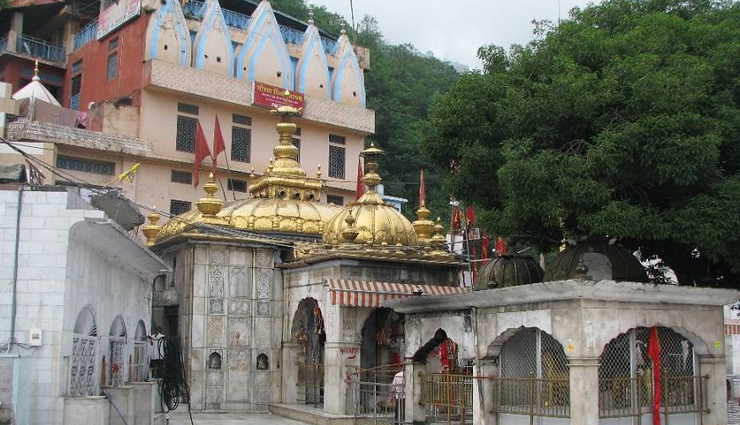
# Jwala Ji Devi Temple, Kangra
Jwala Devi Temple is located 30 km away from the south of Kangra Valley in Himachal Pradesh. Jwala Ji temple is part of 51 Shakti Peethas. Here the temple doesn’t have any idol of Goddess as the Goddess is residing in the form of flames. These eternal flames continue to burn, there are nine such flames. During the Navratris, it becomes the center of religious activities, and huge fairs are organized. Devotees from all over India come here during Navratri to get the blessings of the Goddess. Some people also bring red-colored flags for the goddess.
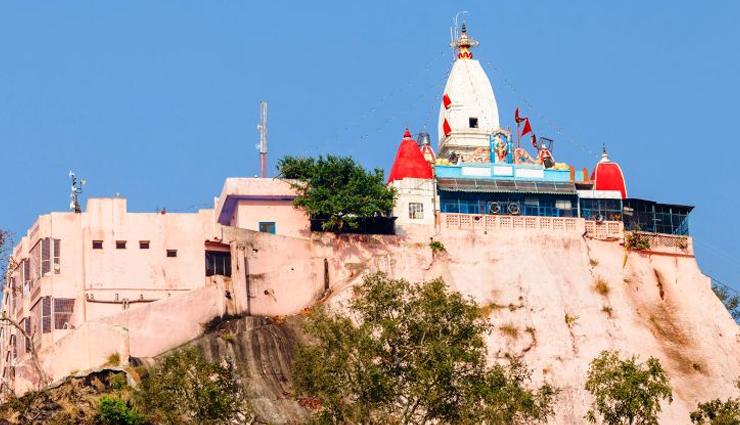
# Mansa Devi Temple, Haridwar
Mansa Devi Temple, Haridwar is a Hindu temple dedicated to the goddess Mansa Devi in the holy city of Haridwar in Uttarakhand. It is situated atop the Bilwa Parvat on the Shivalik hills and is also called Bilwa Tirth. Mansa Devi temple is one of the most venerated temples of the goddess Mansa Devi and is, therefore, a major pilgrimage site.
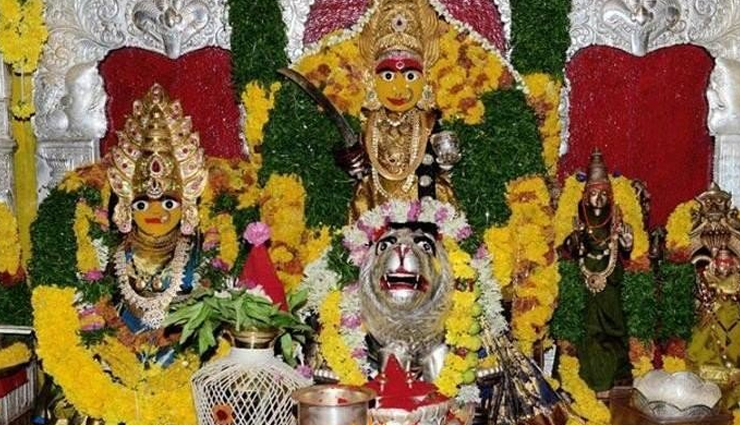
# Maha Kali Devi Temple, Ujjain
Goddess Mahakali at Ujjain, a Shakthi Peetam, is known as Hara Siddhi Mata, Aradhana goddess of King Vikramaditya. He severed his head off, as an offering 11 times, in front of Goddess Hara Siddhi Mata. Pleased by his devotion, Goddess restored his head each time.
Goddess Mahakali is also known as Rakt Dantika or Chamnuda. Mahakali appeared to kill the demon Andhakasur. Andhakasur, the ruler of Ujjaini in those days, was blessed with a power that every drop of his blood that touched the ground would produce a new Andhakasur.





-1732264080-lb.jpg)